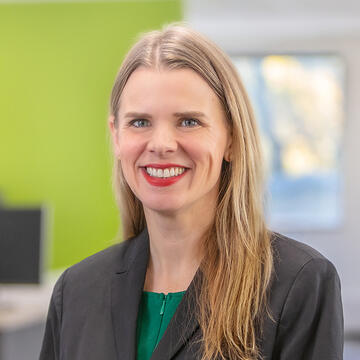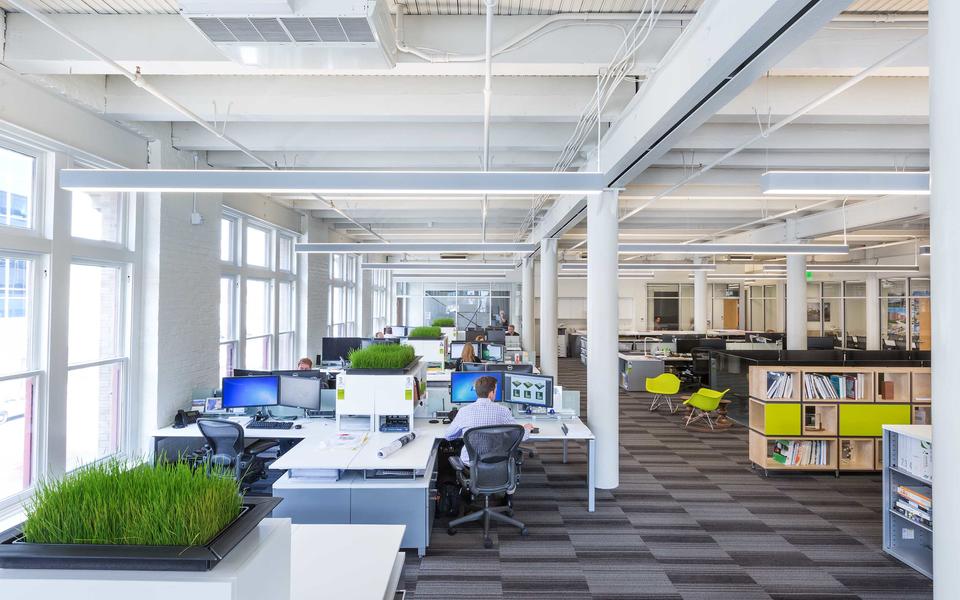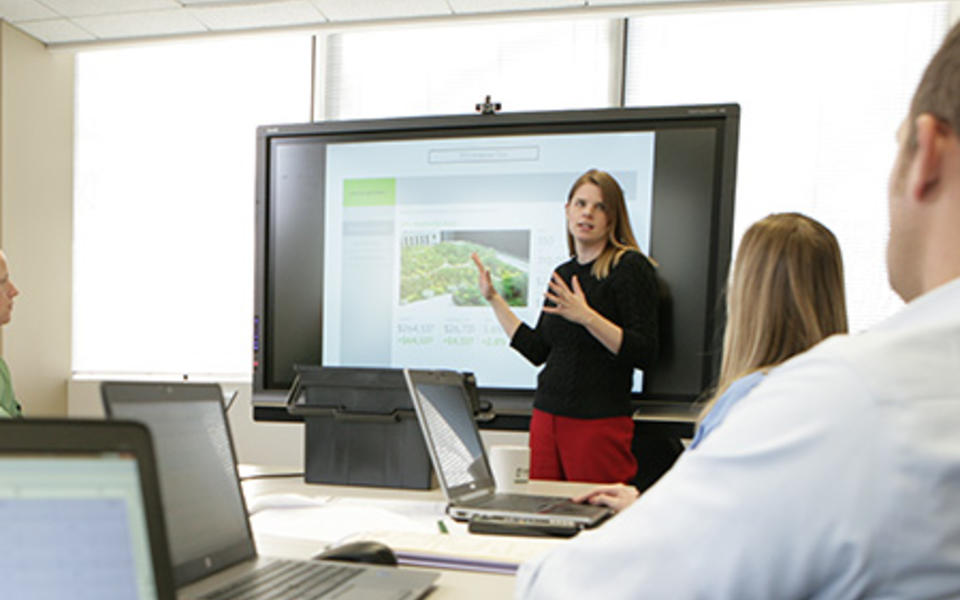High performance & sustainability
Two weeks ago I spoke at Living Future. This week, BD+C Accelerate Live. I’m excited!
See, four years ago I crossed over from architecture to "the dark side" of construction. As the architect, I used to battle between our sustainable visions and ideas that we communicated through diagrams, research and designs and the contractor's tendency to reduce our work down to one line items in a budget spreadsheet. Further, when faced with budget issues, often the line item that is the first to get cut is sustainability. Despite the owner's project goals, money still seems to be the universal language, and what I do - green building design - is perceived as an unnecessary cost. One day I had enough. I was over the same old battle. I realized I had to change how I was communicating to the rest of the team - to take the complexity out of sustainability and find common ground with the rest of my teammates.
That’s what my talk at Accelerate Live was about - how I used technology to overcome language barriers and different perspectives and gain buy-in from teams at Pepper. I shared how I worked with our Integrated Construction Services team and Information Technology department to develop the Building Performance tool. The tool is configured to analyze building program decisions and compare operational and construction costs, return on investment and payback periods. The video below explains the solution in more detail.
In the midst of helping our clients, I've also found the tool breaks down walls internally. Instead of focusing on the first costs only, the technology focuses on the long-term solution and points the conversation back to the data. The tool places the budget decision on the client, even while the building is still conceptual. It also helps project managers understand the owner's design selections early-on. For example, it helps the owner visualize and understand what different wall types and HVAC systems mean to the overall budget and the owner’s overall long term operational costs. In fact, the teams who have used it have become my advocates - and not just on LEED jobs!
Is your project experiencing a similar communication gap? Contact us. We want to help.
About the Author





